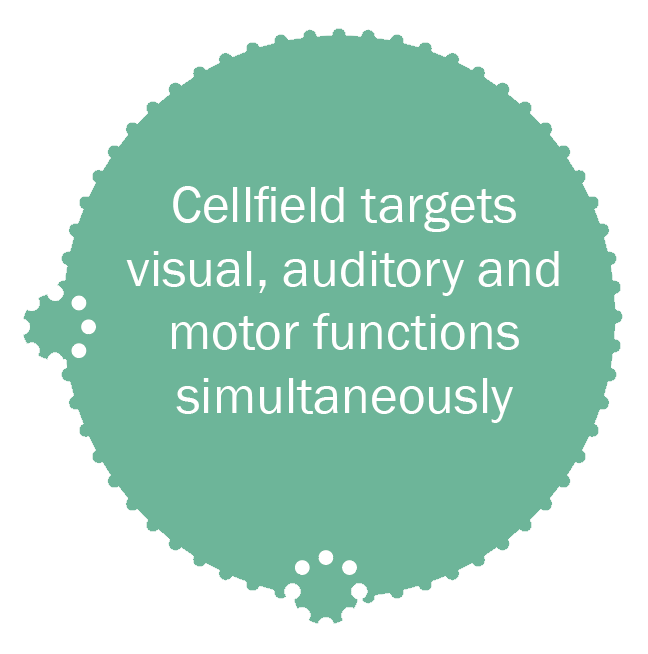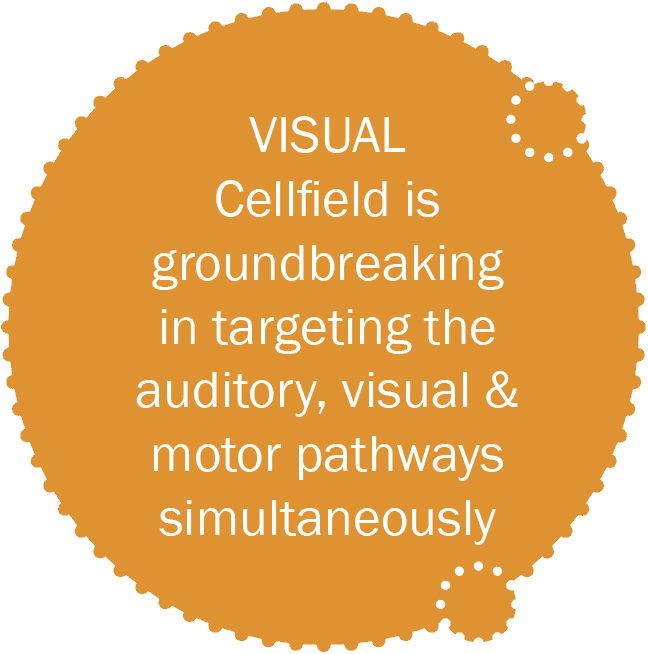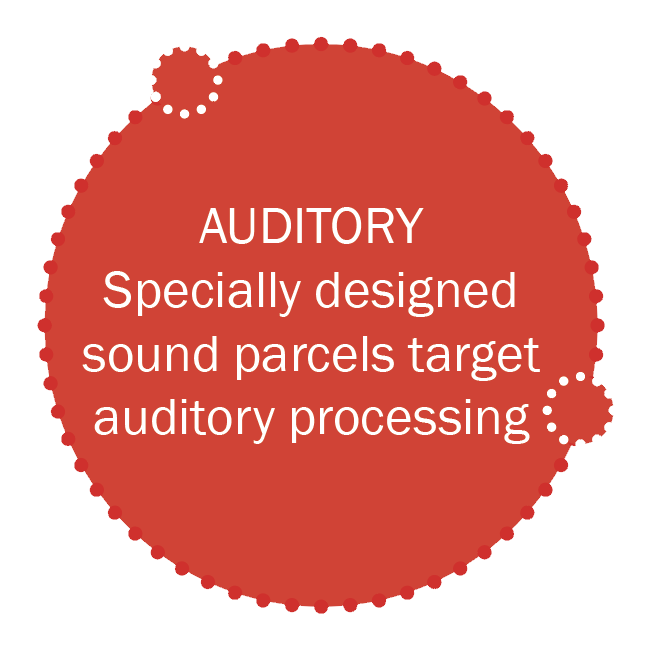 01786 406 363
01786 406 363 


The programme:
At our Cellfield centres we carry out dyslexia screening and assessments to ascertain suitability for Cellfield. Students undergo assessment before and after undertaking the programme in order to measure effectiveness and progress.
We use the following assessment resources:
- Woodcock Reading Mastery Tests
- Gray Oral Reading Tests
- Neale Analysis of Reading Ability
- Dyslexia Screening Test (Fawcett & Nicolson DST-J, DST-S & DAST)
Cellfield Phase 1
A computer-based, multi-sensory programme carried out over two weeks at a Cellfield Centre. During each daily one-hour session students wear headphones and sometimes special Cellfield glasses and, using the computer mouse, they respond to audio and visual prompts. By bonding the visual, auditory and motor functions in the brain, Cellfield develops and strengthens left hemisphere brain activity, enabling reading to become more automatic and comprehension and fluency to increase. The programme is supervised by University-trained professionals.
Cellfield Phase 2
After completing the ten sessions at a Cellfield centre, clients embark on Phase 2 of Cellfield, which is vital to reinforce and develop the embryonic skills acquired during the first phase of the programme. This is 10 weeks of planned reading (oral and silent) at home. Full information is provided by the Cellfield centre and support is always available. Students undergo assessments at the start and at the end of the ten Cellfield sessions to measure progress and then again six months later. This allows us to see the positive impact of Cellfield.
Research Studies
A preliminary study of the effectiveness of the Cellfield Reading Programme
Evaluation of the Cellfield intervention for Dyslexia: Behavioural and Electrophysiological outcomes





